Japan’s most charming train: Automated people mover includes facial recognition technology
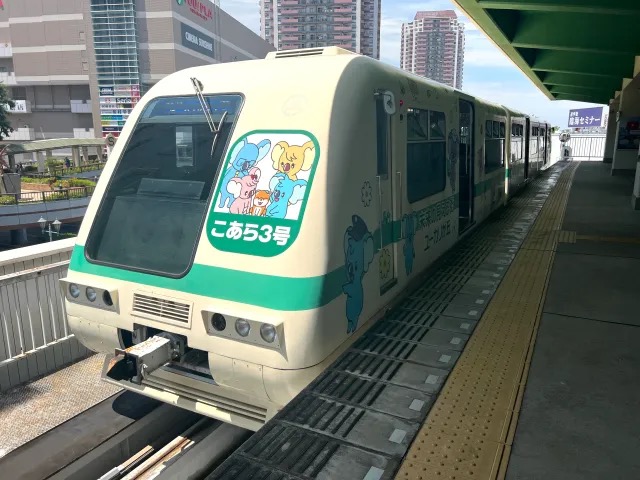
The Yamaman Yukarigaoka line combines modern technology with cute analogue details.
We’ve ridden on all sorts of public transportation in Japan, but out of all of them, the one that’s etched itself onto our hearts is an automated people mover on the Yamaman Yukarigaoka Line in Sakura City, Chiba Prefecture.
This private railway line is charming for a whole lot of reasons, starting with the fact that it was built by the Yamaman real estate company to service residents in Yukarigaoka New Town, which the company developed.
The people mover connects to the Keisei Main Line, which runs between Tokyo and Narita Airport, at Yukarigaoka Station and runs on a loop through five stations around the residential area, making it unique as a mode of transport developed solely for a town.
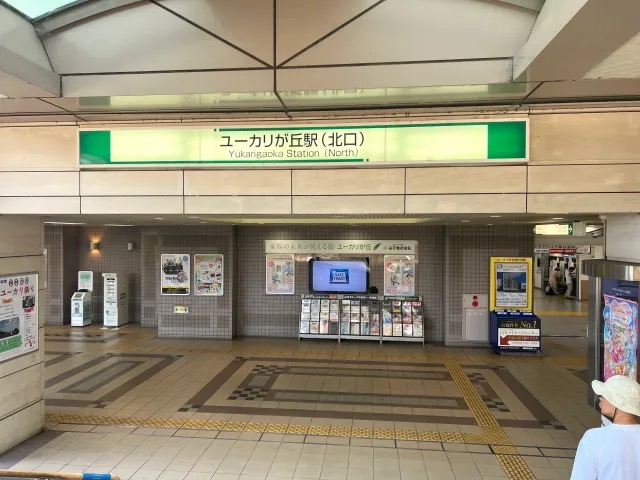
To experience all the charms of the train, it’s best to board it, and to do that, you have to hop off a Keisei Main Line train at Yukarigaoka Station…
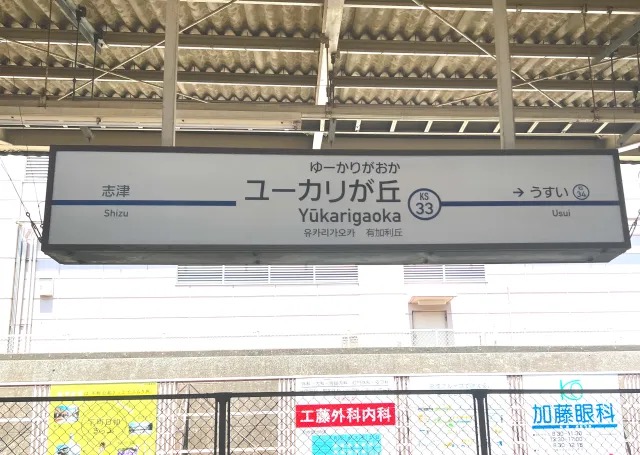
▼…then exit the ticket gate and turn left to cross the plaza.
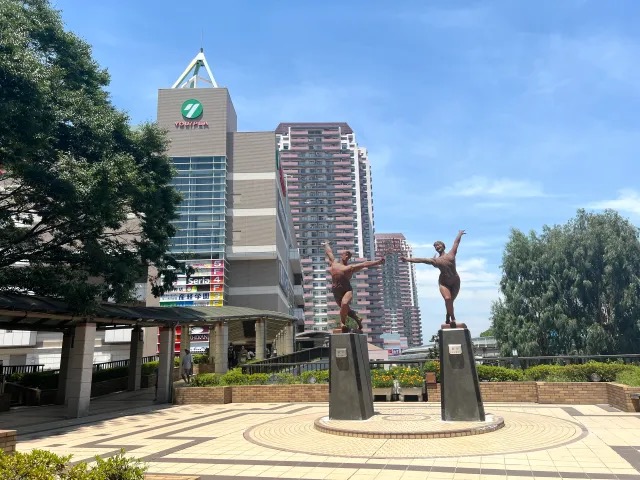
▼ This takes you over to Yamaman Yukarigaoka Station.
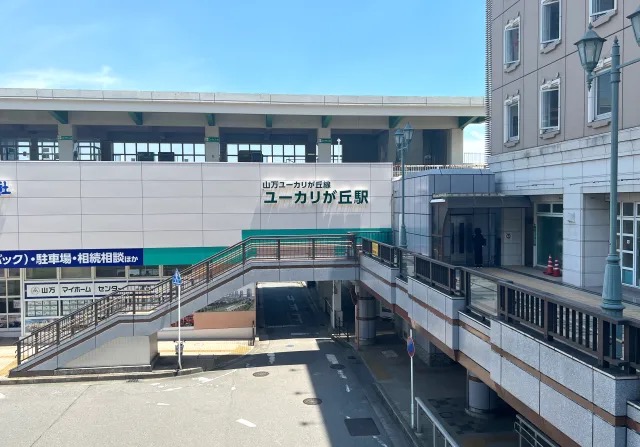
▼ Enter the station and go straight to the end…
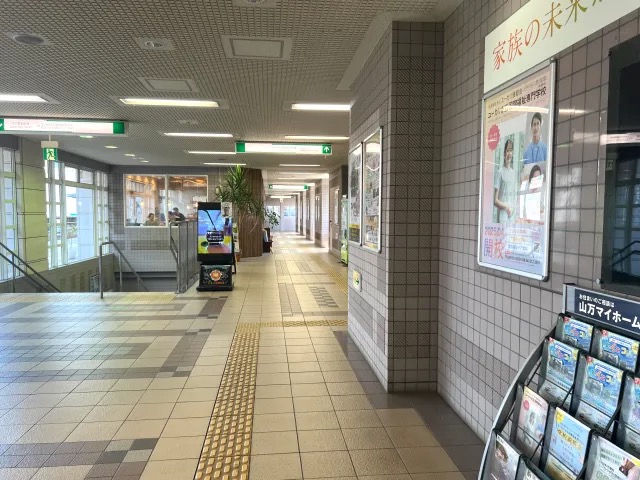
▼ …where you’ll find the ticket gates for the people mover.
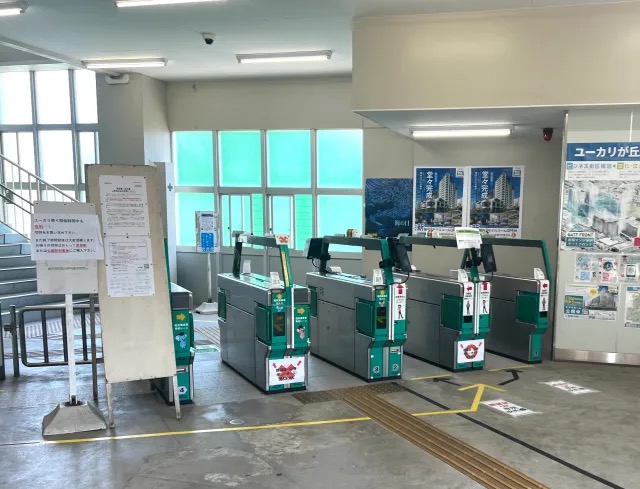
▼ This brings us to another “charm point” of the train — the entry system.

Tap-and-go prepaid transport cards like Pasmo and Suica can’t be used here, so you’ll need to purchase a ticket, which is priced at a flat rate of 200 yen (US$1.34).
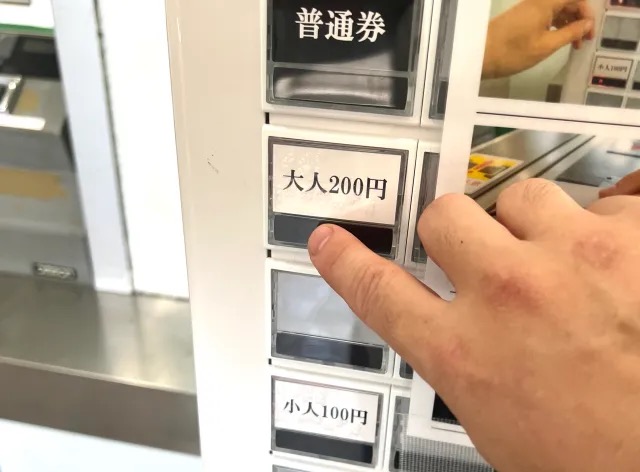
What you’ll receive is a “QR Ticket”,which needs to be tapped on the machine at the gate when entering.

That process might seem simple enough, but when you get to the gate things can become a little confusing because a facial recognition-based boarding management system was installed here in June. This is the only place in Japan to have such a system, which is a big accolade for a small railway line.
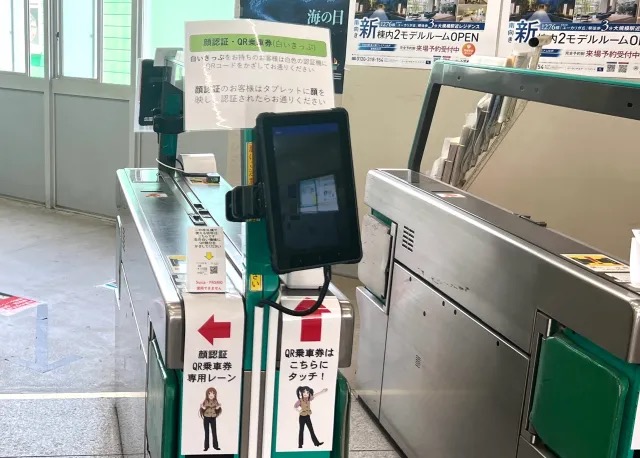
Our reporter Kouhey was on the scene to ride the people mover, but he encountered problems as the screen on the tablet lit up as he approached it, prompting him to show his ticket to the camera.

However, this was the wrong approach — he had to hold the QR code over the reader on the side of the ticket gate and then he was allowed through.
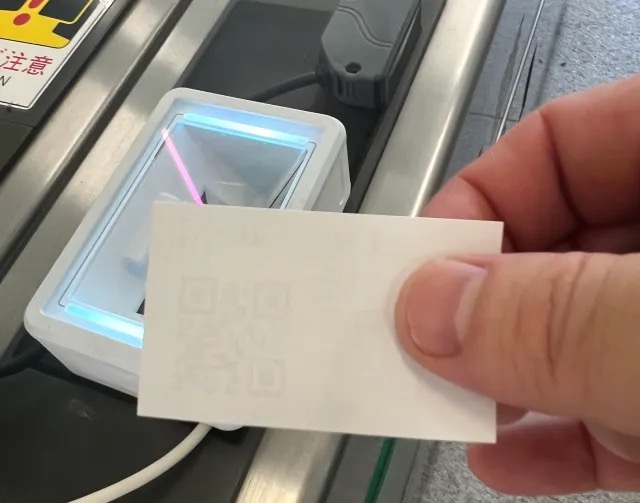
As he headed to the platform, he did a bit of research online and realised that the facial recognition system requires you to register your credit card information and face photo on a website beforehand. If he’d done that, he would’ve been able to try the new technology, but instead he had his paper ticket, and he marvelled at how such contrasting old and new systems were concurrently in place at the station.
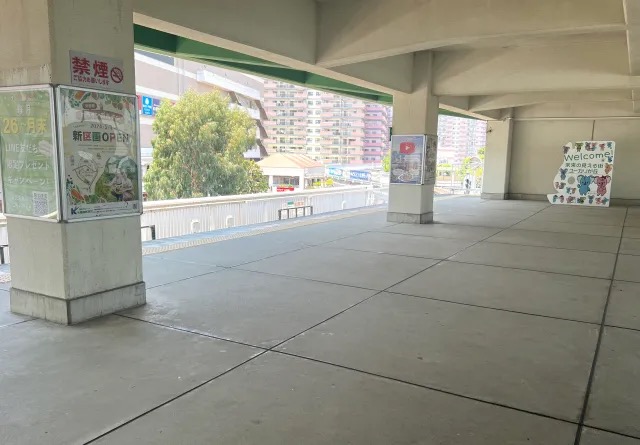
As he waited for the light rail to arrive, he looked out at the streetscape, which suggested this was a bustling town.
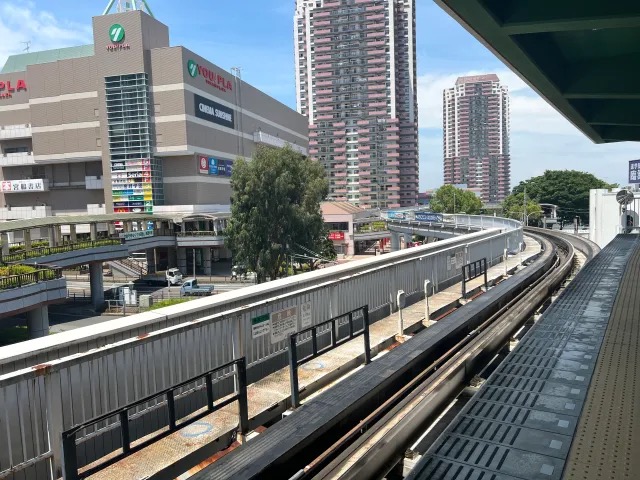
The average number of trains is about three per hour, which is more than what you’d get in rural areas, but less than what you’d find in a big city.
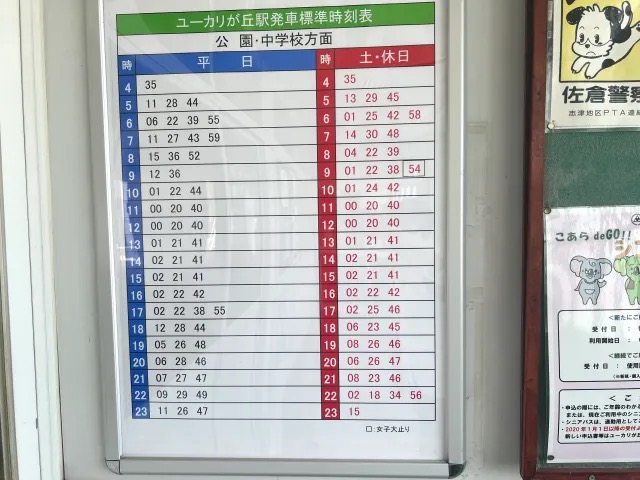
▼ The waiting room looks like something you’d see in the countryside, but it was air-conditioned and comfortable.
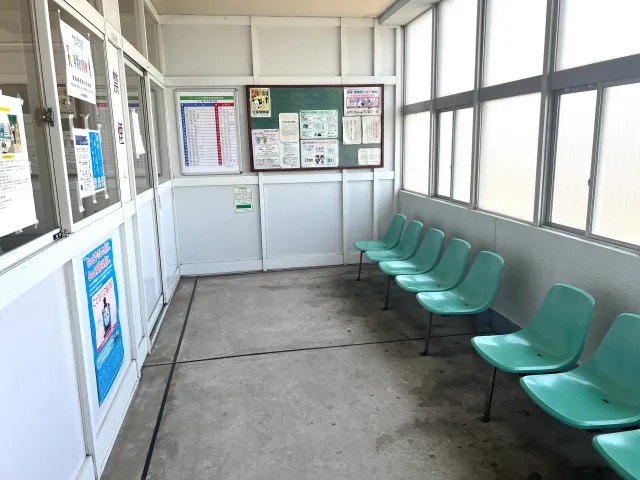
When it arrives, the three-car automated people mover looks incredibly cute with its pastel colours and koala design.
▼ The company refers to it as the “Koala Bus“.

Inside, the carriage is smaller than a regular train, and it seems to be a bit older, but what you’ll notice as soon as you board, especially in midsummer is…
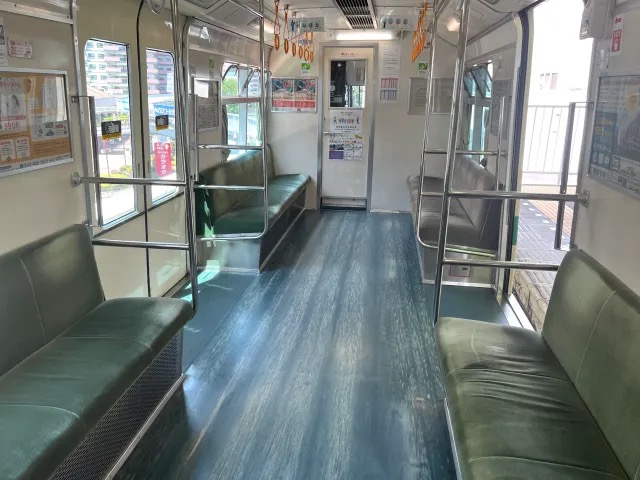
▼ …there’s no air conditioning!
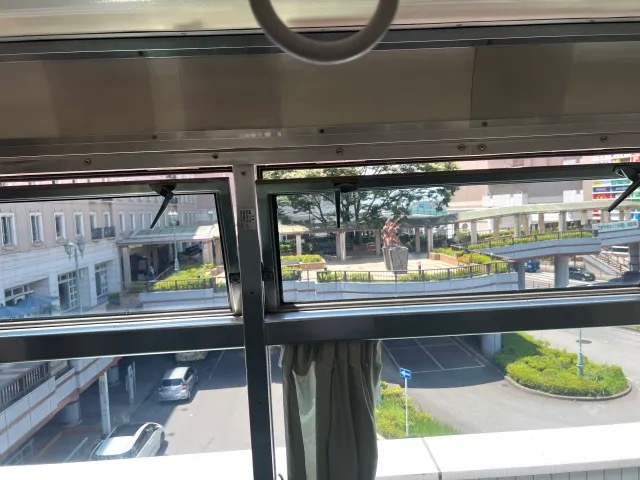
With no air conditioning and not even an electric fan on board, the upper windows are all open to let in a breeze. However, this being Japan, which is famous for its “omotenashi” (“hospitality”), the railway operators have come up with a solution to help passengers battle the heat on board.
▼ つめた〜いおしぼり (“tsumetaai oshibori”), which means “cold wet hand towels“.
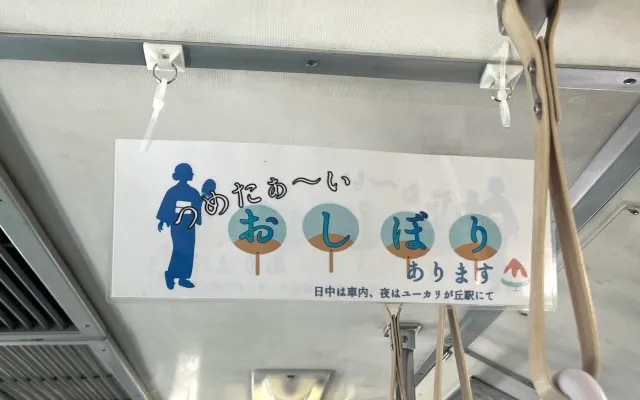
A quick look around the carriage reveals a charming little esky on a seat in the corner, where passengers can help themselves to…
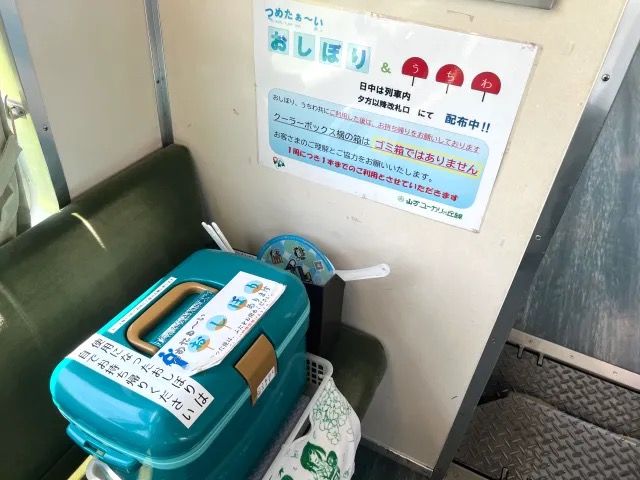
▼…chilled hand towels!
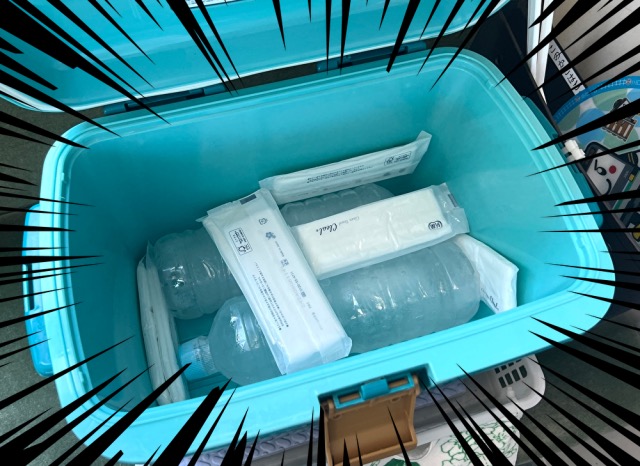
The towel was freezing cold, thanks to the icy bottle of water it was laid upon. Although it was a very analog cooling method, it worked remarkably well, especially when used on the wrists and face, providing a feeling of refreshment you can’t get from air conditioning.

What’s more, there are fans for passengers to use, which feel particularly nice when you use them on freshly cooled skin.
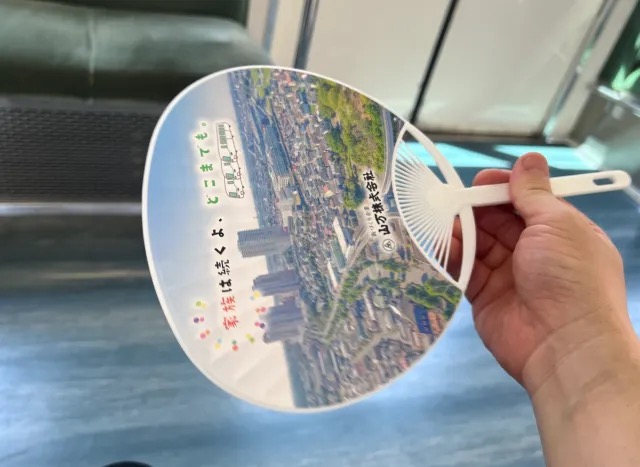
The breeze that comes in through the windows is also surprisingly pleasant, keeping you cool enough, even without air conditioning. It was like stepping back to a time before mod cons, and it felt healthy and invigorating to cool down in a natural way rather than being blasted with cold air from a machine.
▼ Departing from Yukarigaoka, the round trip on the loop line takes about 15 minutes, with six stations in total.
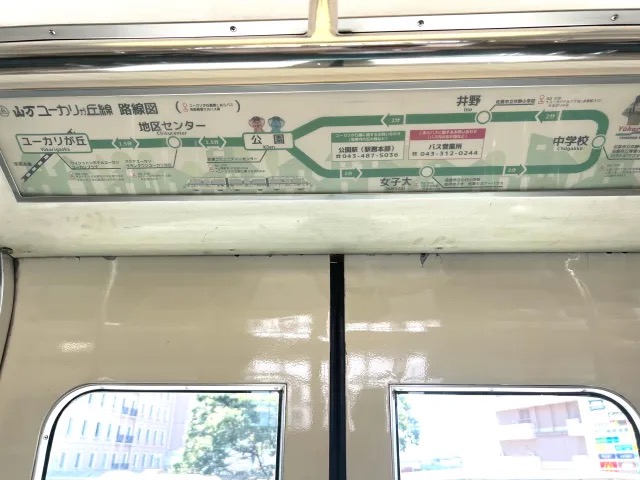
▼ The first station after Yukarigaoka is Chiku Centre, which means “District Center“.
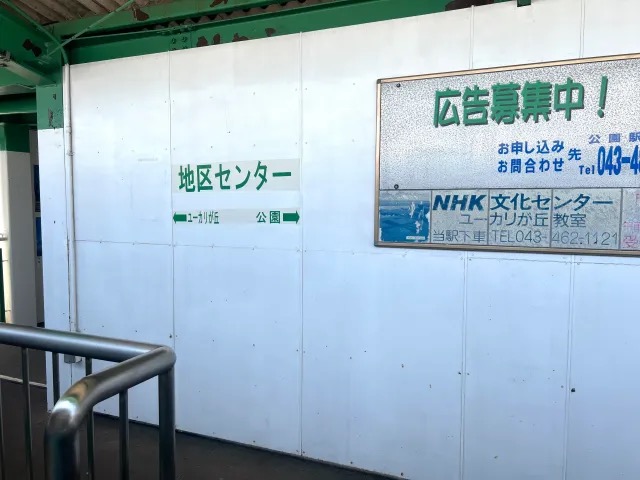
▼ The next station past that is Kouen, which means “Park“, likely named for the fact that there’s a large park here called Yukarigaoka Minami Park.
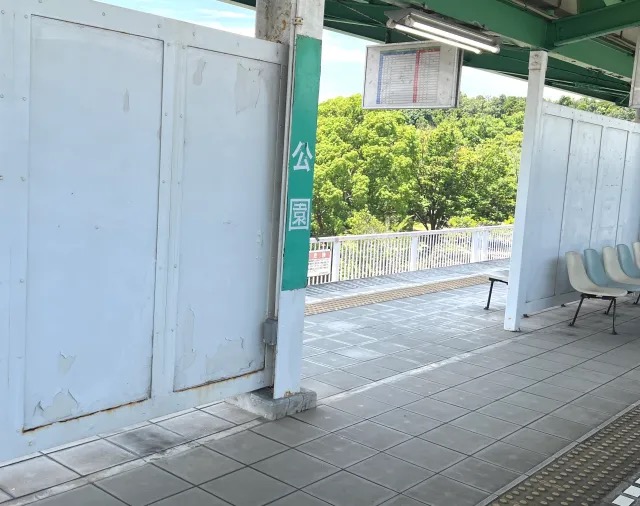
After this point, the train proceeds around a counterclockwise loop, stopping at Joshidai, which means “Women’s University“, where you’ll find a women’s university seminar house.
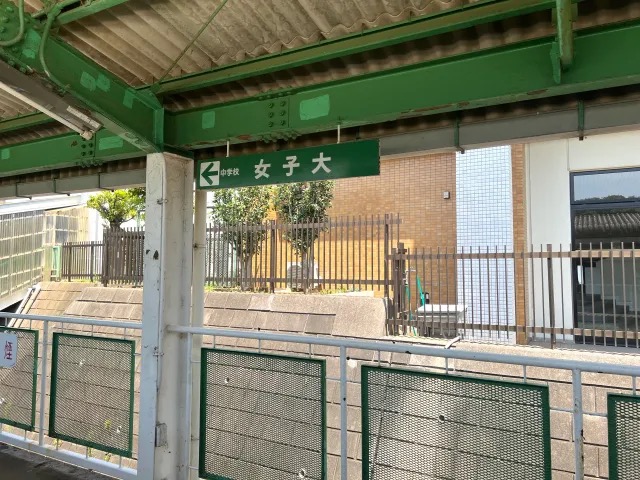
▼ And then we come to “Chuugakou“, another beautifully simple station name, meaning “Junior High School“.
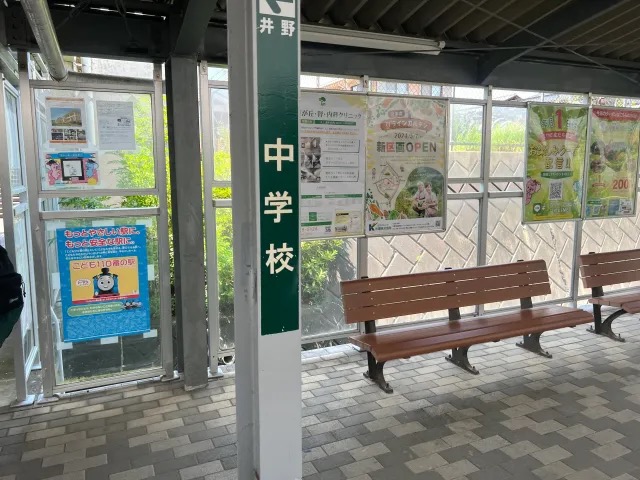
Chuugakou is so named as it’s the nearest stop for Ino Junior High School, and the final stop on the loop is called “Ino”.
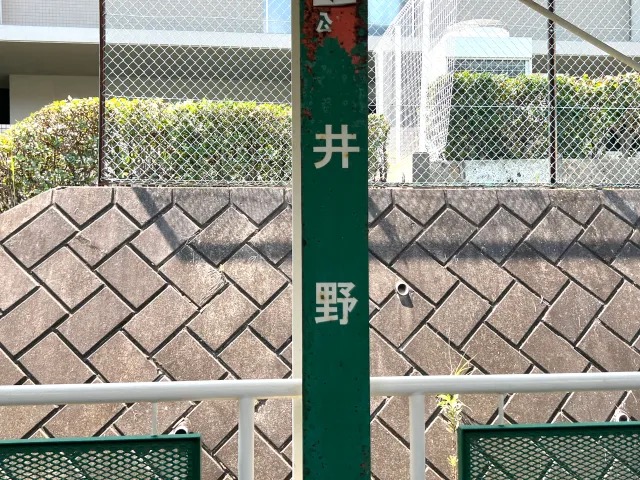
While the stations have charming names, the scenery is just as delightful, offering views of both the big town hustle and bustle…
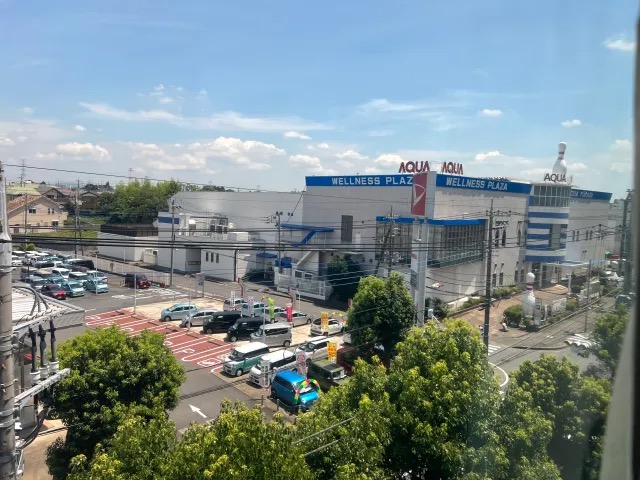
▼ …and idyllic countryside locations.

After stopping at Ino, the train heads back to Kouen and Chiku Centre before returning to Yukarigaoka, which means “Eucalyptus Hill“, making it the perfect home for these sweet koalas.
▼ Koalas at Eucalyptus Hill is a concept that’s too cute for words.
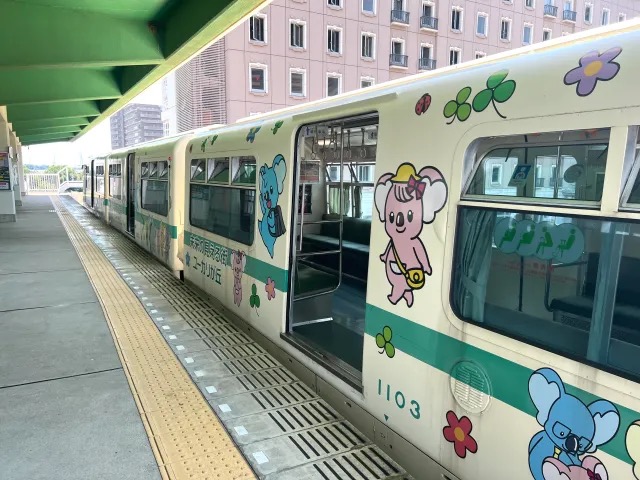
A trip on the Koala Bus is one that everyone should try at least once, and as it’s on the route between Tokyo and Narita Airport, it’s easily accessible for foreign tourists on their way into or out of Japan. It’s a cute introduction to what’s possible on Japan’s public transport system, which also includes a streetcar called the Tokyo Sakura Tram.
Related: Yamaman Yukarigaoka Line
Photos ©SoraNews24
● Want to hear about SoraNews24’s latest articles as soon as they’re published? Follow us on Facebook and Twitter!
Credit:

0 comments:
Post a Comment